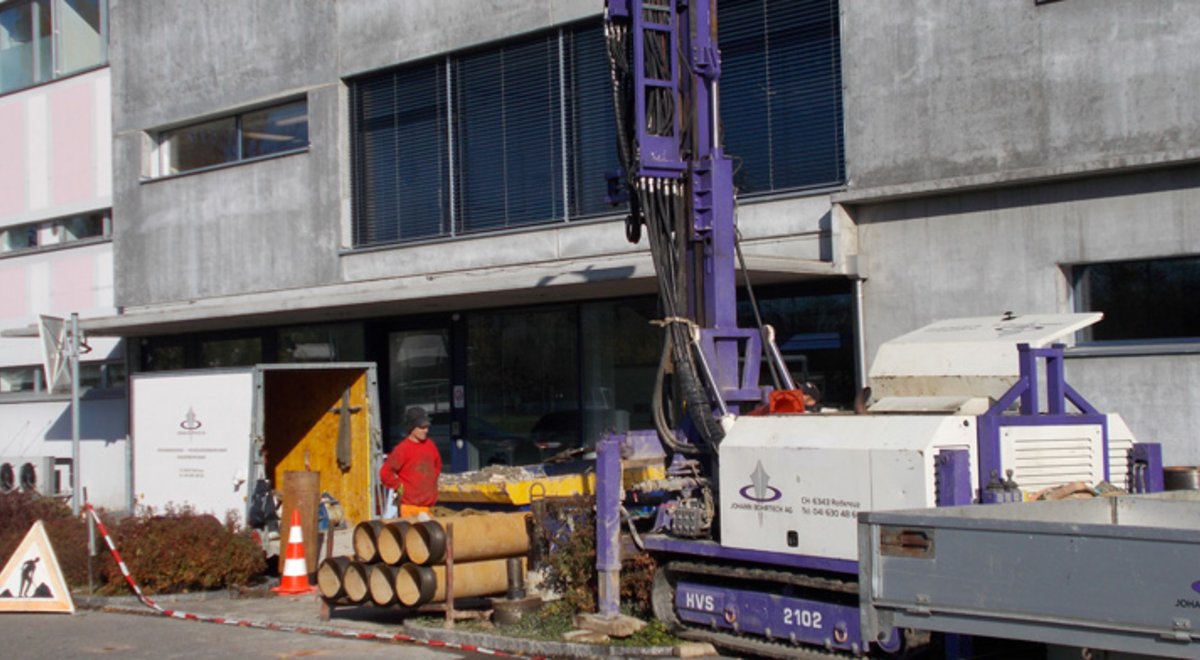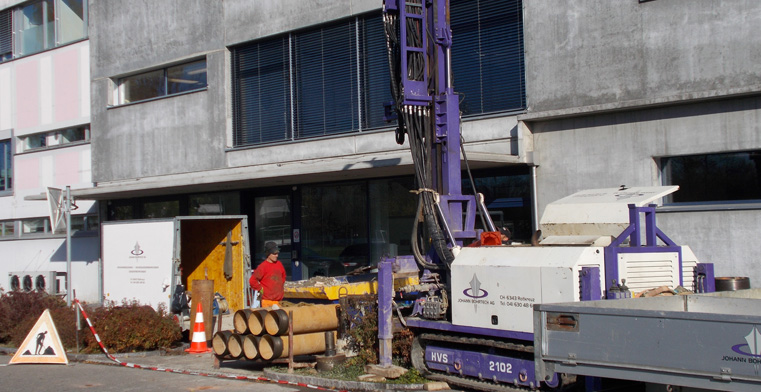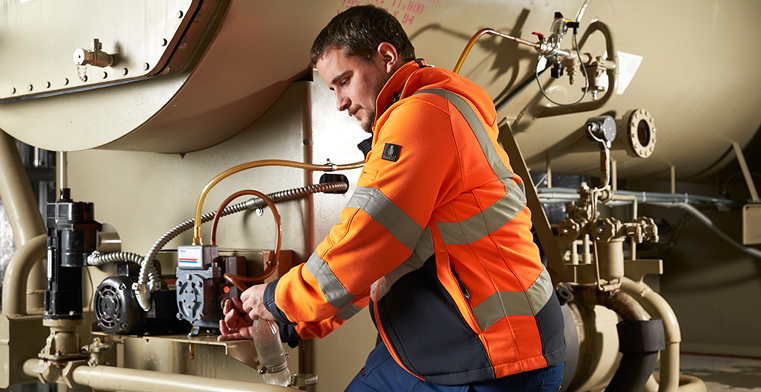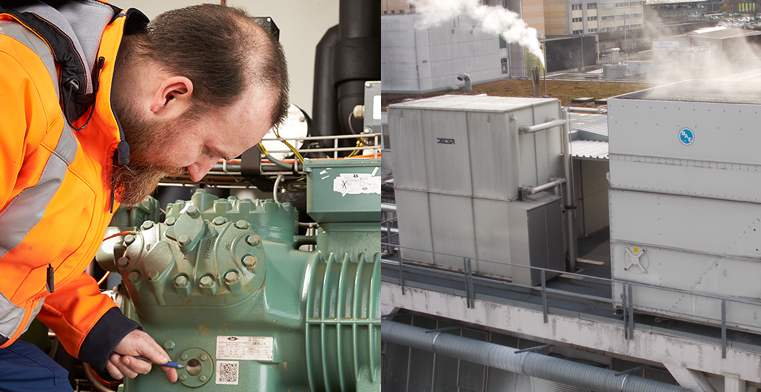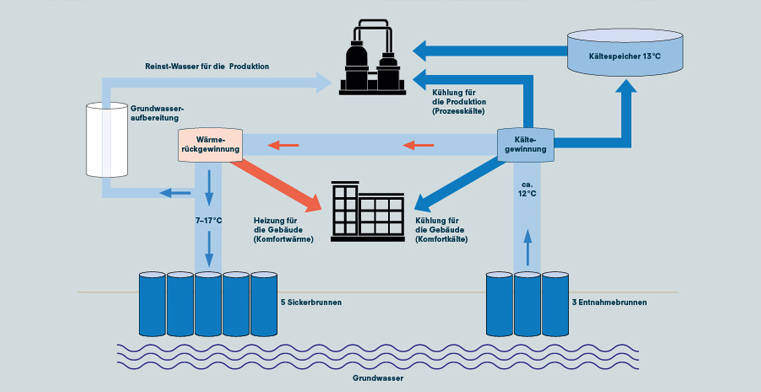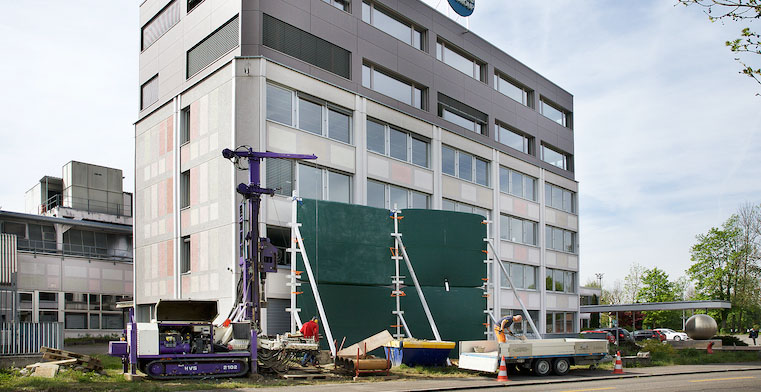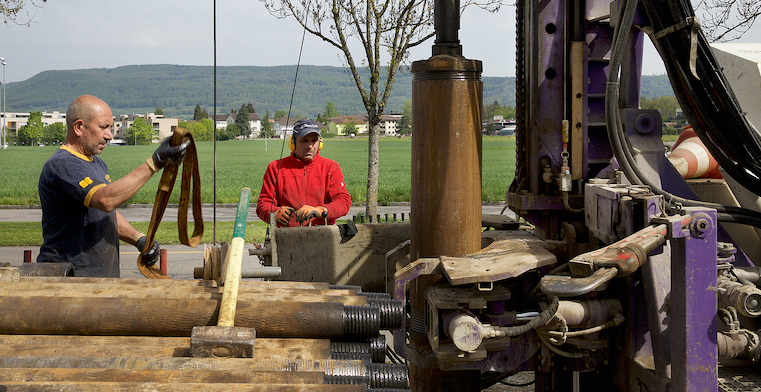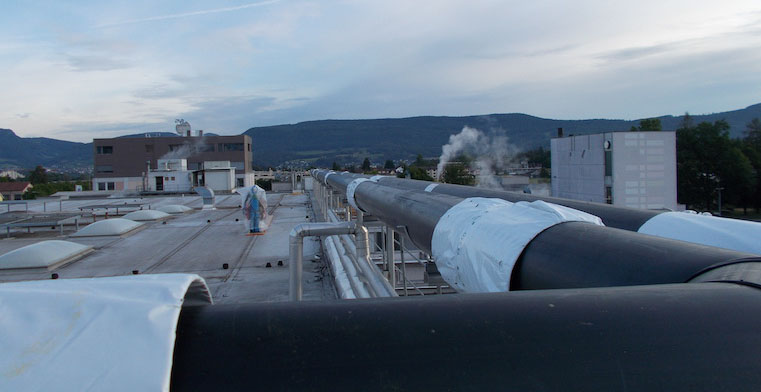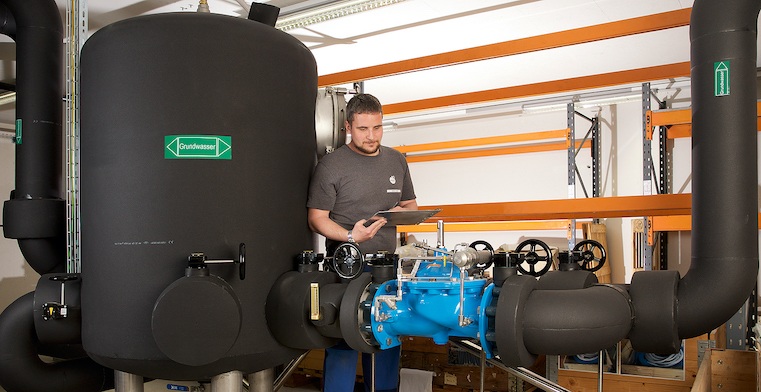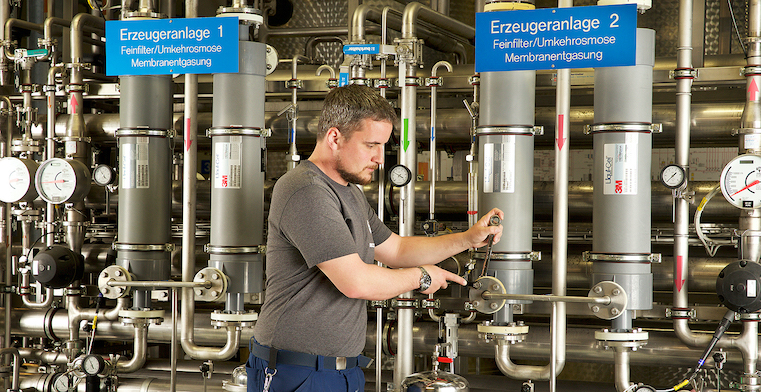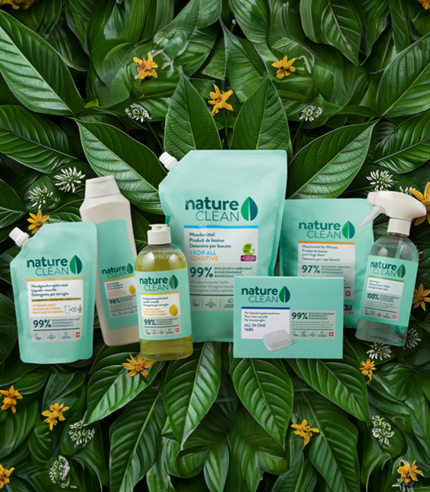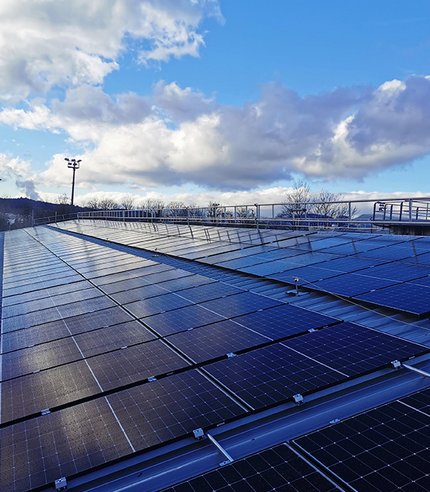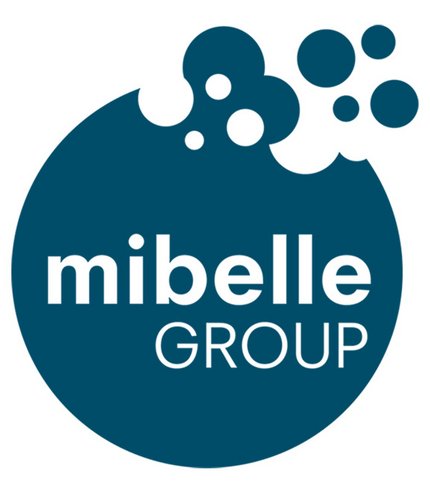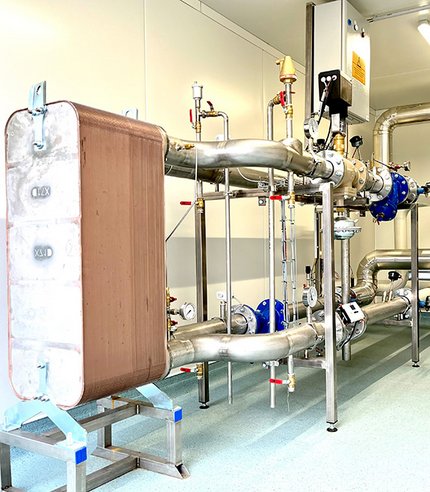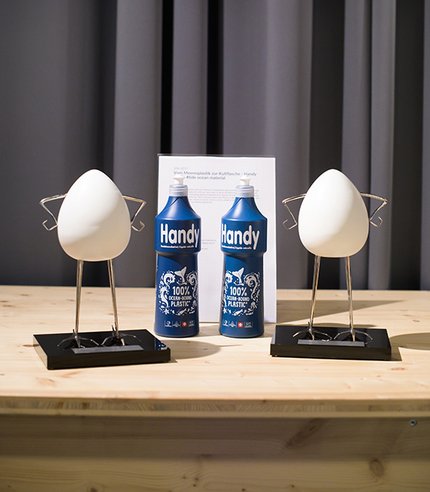Cooling requires a lot of energy
Why does the Mibelle Group need refrigeration at Buchs? Thomas Aliverti, Head of Infrastructure, Energy & Construction explains the context: “In Production we heat products to make them smoother and easier to process. Most products are then cooled down again. And then there are the buildings. We don’t have an air-conditioning system, but we need to cool the rooms so they don’t overheat. The refrigerators consume big amounts of electricity and steam.”
Groundwater cooling plays an important role in energy saving. Cooling operates safely and uses almost no electricity - in other words it is extremely efficient. It is also important that groundwater cooling does not harm nature and the environment, which is ensured by strict regulations applied by the canton of Aargau, Switzerland. According to Aliverti: “We draw the groundwater from the ground at around 12 degrees and must return it at a temperature only slightly higher, up to a maximum of 5 degrees. The groundwater temperature can rise by a maximum of 3 degrees within a radius of 100 metres.”
Groundwater can cool, heat and also be used as a raw material in products
A total of three extraction wells were sunk, one for air conditioning and two for process cooling. Another five infiltration wells were built for return. Groundwater use was commissioned in autumn 2019 and the existing ice water system and absorption refrigeration system decommissioned. Thomas Aliverti is delighted that “900 litres of groundwater are flowing out of each well per minute. This means we have been able to save 615,000 kWh and 1,100,000 kWh steam, which is around 10% of our total electricity and steam consumption.”
How is the groundwater used?
After cooling the groundwater is returned direct to the ground. Theoretically it would be possible for slightly heated groundwater to flow through a heat pump to regain the heat and to use this for heating during the winter. As the Mibelle Group obtains its heating in Buchs from the adjacent domestic refuse incinerator, it is not worth it. Groundwater use is, however, taken to another level. Part of the groundwater is discharged, the remaining groundwater is converted into ultra-pure water, which is used in the production of creams and lotions. The water quality remains absolutely homogeneous. Ultimately, the groundwater for cooling and Mibelle Group’s drinking water comes from the same groundwater source.
The Mibelle Group has been assisted with its groundwater project by engineers from Migros Engineering Solutions. Thomas Aliverti sums it up by saying that “The exchange of experience and knowledge was extremely valuable, as the project is also a beacon project for the whole of M-Industry.”

